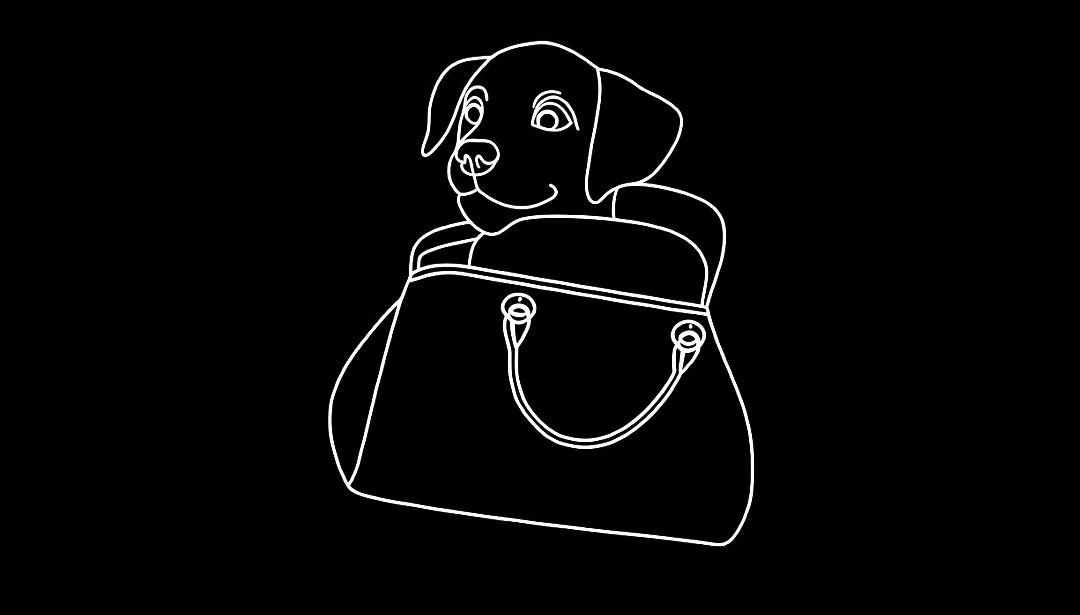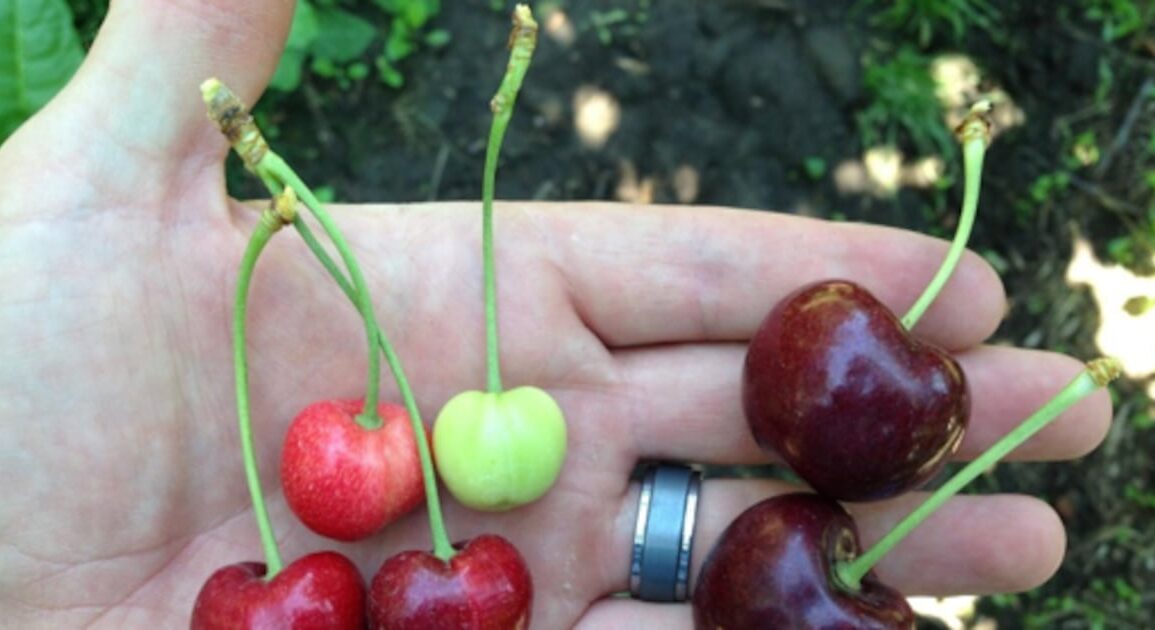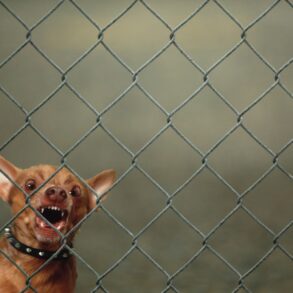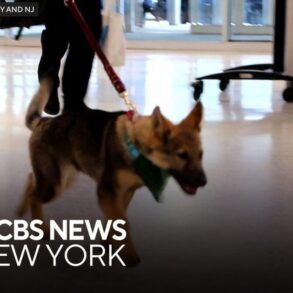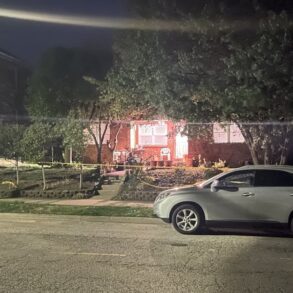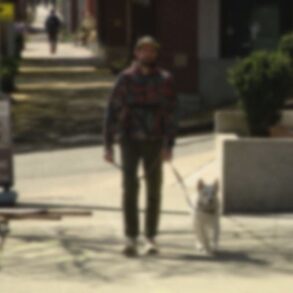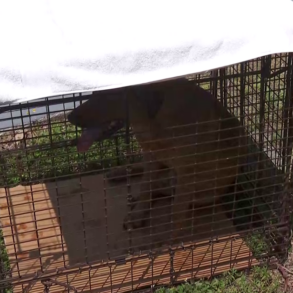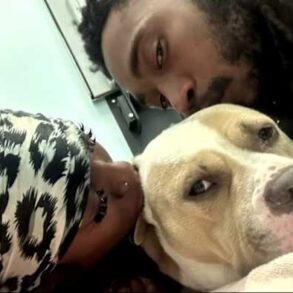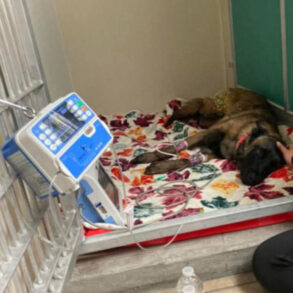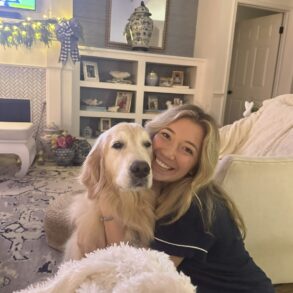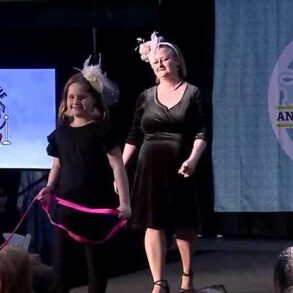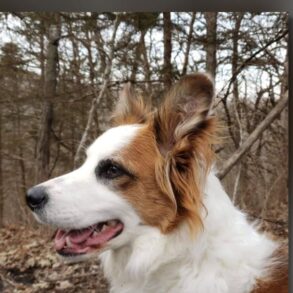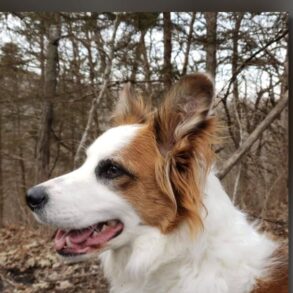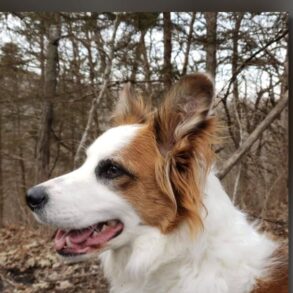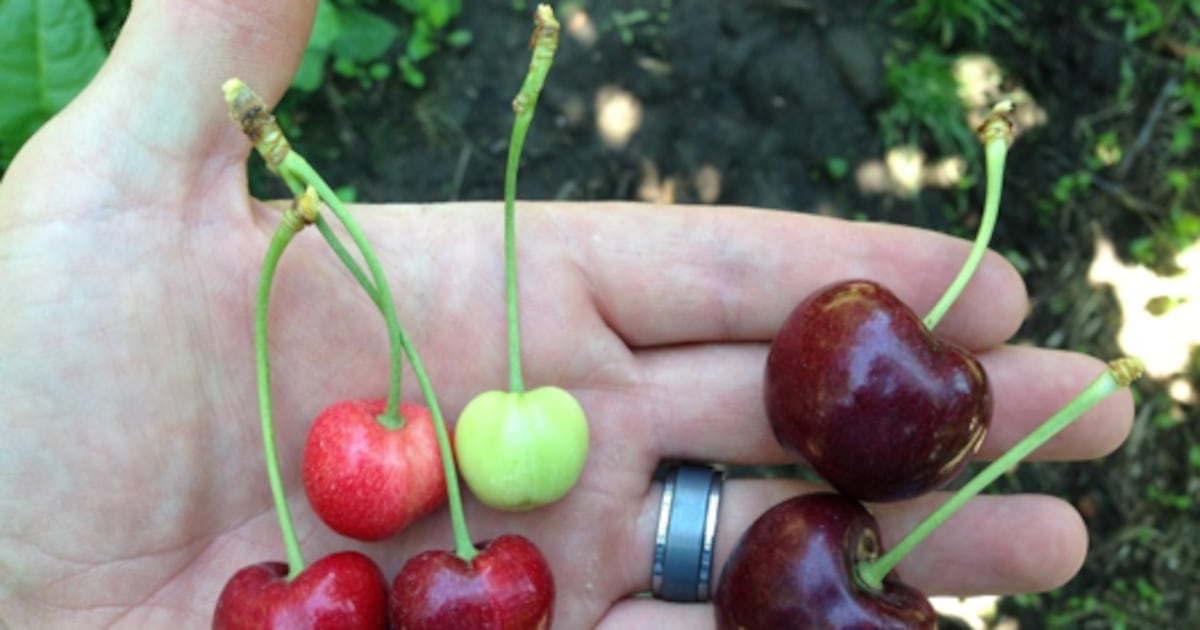
PULLMAN, Wash. — Fruit growers in Washington may have a more reliable way to detect Little Cherry Disease in their trees.
Washington State University researchers believe dogs can sniff out the pathogens that cause the disease, alerting growers early to the issue.
WSU researchers partnered with an Idaho-based dog trainer, Jessica Kohntopp, for their study. She previously taught canines to sniff out COVID-19 and viruses that infect tomatoes, squash, and citrus.
She trained two dogs specially bred for detection work: Humma, a Dutch Shepherd, and Aika, a Belgian Malinois.
In March 2024, the WSU researchers tested the dogs’ capabilities with a series of trials. The first took place in a greenhouse at the WSU Prosser Irrigated Agriculture Research Extension Center. When presented with nearly 200 plants, the dogs successfully found all seven positive trees and alerted on an additional plant, which later tested positive.
Several months later, WSU says its researchers conducted a blind controlled study.
Each dog sniffed 1,380 plants— 101 had Little Cherry Disease. WSU says the dogs missed a few infected trees, but neither false alerted.
An additional mini study showed that the canines had a combined accuracy rate of 99.72%.
WSU says the project will wrap up in May. The researchers plan to submit a proposal to the Washington Tree Fruit Research Commission to extend their funding.
WSU says the group wants to study whether dogs can sniff out infected bundles of trees at nurseries. The goal would be to stop Little Cherry Disease before it reaches the orchard.
Little Cherry Disease is an incurable disease caused by one of three pathogens.
It creates small, unripe cherries that are not good for farmers to sell.
According to WSU researchers, the symptoms are typically only visible on the fruit during the harvest period; the rest of the year, the tree appears healthy.
“Without visible fruit, growers don’t know if their trees are infected,” said Corina Serban, WSU tree fruit extension educator. “Every year an infected tree stays in the ground, it could potentially infect additional trees.”
Little Cherry Disease is often spread through the grafting and planting of infected trees. It’s also spread through insects like mealybugs and leafhoppers.
The only 100% sure way a fruit grower can get rid of the disease is by ripping out the tree and replacing it with a new one. According to WSU, it takes about five years for a tree to reach production size.
WSU says traditional PCR testing is expensive and time-consuming.
For example, dissecting just one tree for PCR testing can take an entire day.
“PCR tests rely on tree tissue samples,” Harper said. “Without symptoms to guide you, it’s hard to tell where in the tree the disease is present. You’re sampling blind and will probably miss it.”
The eventual goal is to make dogs like Aika and Humma widely accessible for commercial growers.
©2025 Cox Media Group
This post was originally published on this site be sure to check out more of their content.
